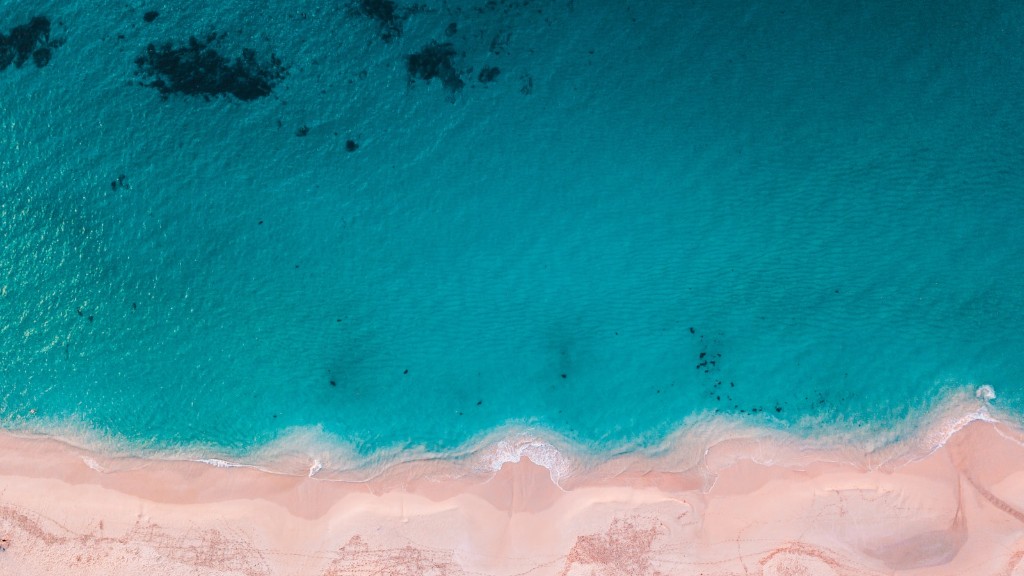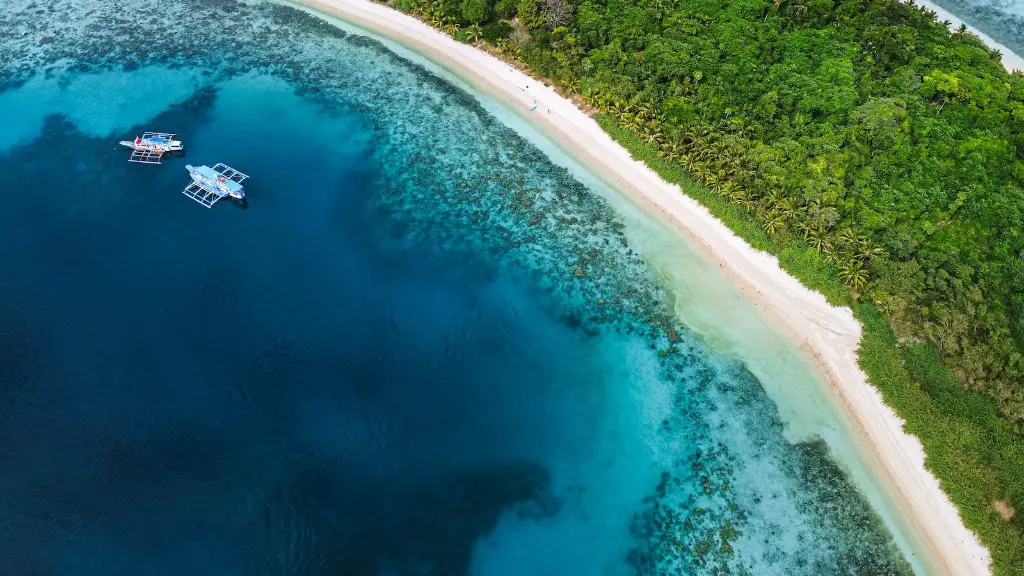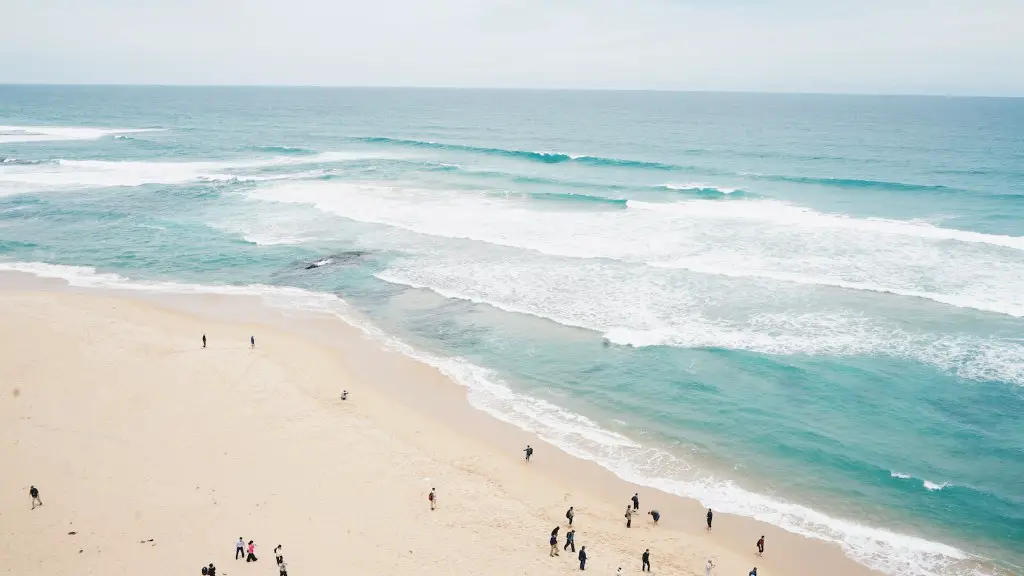Moses was an Israelite Prophet who was born in Egypt. When Moses was grown, he found out that the Pharaoh had ordered all newborn Israelite males to be killed. Moses’ mother saved him by putting him in a basket in the bulrushes by the river’s edge. The Pharaoh’s daughter found Moses and raised him as her own son.
As an adult, Moses became very concerned about the cruel treatment of his fellow Israelites. He killed an Egyptian who was beating an Israelite, and had to flee Egypt. Moses spent 40 years in the wilderness, herding his father-in-law’s flocks.
One day, Moses saw a burning bush that was not consumed by the fire. God spoke to Moses out of the bush, and told him to go back to Egypt and lead the Israelites out of slavery. Moses was reluctant, but he obeyed God.
With the help of his brother Aaron, Moses convinced the Pharaoh to let the Israelites go. The Pharaoh changed his mind and pursued the Israelites. When the Israelites were trapped at theRed Sea, Moses again obeyed God and parted the waters, so the Israelites could escape.
The story of Moses parting the Red Sea is found in the book of Exodus. According to the story, Moses was leading the Israelites out of slavery in Egypt. The Egyptians were in pursuit, and Moses parted the sea so that the Israelites could escape.
What is the significance of parting the Red Sea?
The exodus from Egypt was a key event in the history of the nation of Israel. The prophets, Jesus, and the New Testament apostles all used the event as a code word for salvation. Israel’s prophets constantly appealed to the exodus as the basis for calling the nation to obedience. The yearly Passover feast commemorated the salvation of Israel’s firstborn.
This event, known as the parting of the Red Sea, is one of the most famous miracles in the Bible. It is a story of God’s power and deliverance, and a reminder that God is always with His people.
How did Moses divide the Red Sea
The relevant biblical text (Exodus 14:21) reads as follows: “Then Moses stretched out his hand over the sea, and the Lord drove the sea back by a strong east wind all night and made the sea dry land, and the waters were divided” By any stretch, a weather event strong enough to move water in this way would involve some form of natural disaster. In this case, it was likely a hurricane or typhoon.
The LORD told Moses to stop crying out to Him, and to tell the Israelites to move on. He said to raise his staff and stretch out his hand over the sea, to divide the water so the Israelites could go through on dry ground. The LORD said He would harden the hearts of the Egyptians so they would go in after them.
What was the miracle of parting the Red Sea?
The biblical story of Moses and the Red Sea is a story of faith and divine intervention. Moses led the Israelites through the Red Sea on dry land, by the power of God. This story shows us that God is always with us, and that He will help us overcome any obstacle in our lives.
The Red Sea was a key trade route in the ancient world, connecting Egypt with Africa and the east. This connection also allowed for the exchange of culture and knowledge between different civilizations. The Red Sea was an important factor in the development of Egyptian civilization and its influence can still be seen in the modern world.
Is there any evidence of Red Sea parting?
No scholar-verified evidence has been found that supports a crossing of the Red Sea. This means that there is no archaeological evidence that suggests that the Red Sea was crossed by humans.
Based on Josephus’s account, it appears that the Israelites reached the Red Sea after only three days of travel. This is likely due to the fact that they were traveling quickly and did not stop for rest or to explore the area.
How many times did Moses strike the Red Sea
In Exodus 17:1-7, Moses strikes a rock in order to provide water for the Israelites as they are leaving Egypt. This act is seen as a great act of faith by Moses, as he is trusting in God to provide for the Israelites in this way. In Numbers 20:2-13, Moses strikes the rock again, this time in order to provide water for the Israelites as they are about to enter the Promised Land. This second act is seen as an even greater act of faith, as Moses is trusting in God to provide for the Israelites in this way even more.
Theevent is not only an important part of Christian belief, but also a significant moment in Jewish history. The Sea of Galilee is also a popular tourist destination in Israel.
What is the biblical meaning of Red Sea?
This act of God saved the Israelites from the Egyptians and showed His power over the situation. It is a reminder that God is always in control and can help us in our time of need.
There are many key moments in our lives when we must show up in order to make the most of an opportunity. For Moses and the Israelites, one of these key moments was when they had to cross the lake. Drews found that they only had four hours to make the crossing. This means that they had to be very careful and make the most of their time. If they had showed up late, they would have missed their chance and possibly faced danger. Thankfully, they made it on time and were able to take advantage of the opportunity.
What does the story of Moses teach us
It is so important for leaders to learn from their mistakes in order to grow and become better. Running away from our mistakes will only hinder our development. Instead, we need to face the consequences of our actions, learn from them, and then move on.
There are a few interesting theories about how the Red Sea got its name. One is that the name came from the Ancient Greek translation of its name, Erythra Thalassa. Another theory is that the name came from the colour of the coral in the sea.
The Red Sea has always been an important trade route between East and West. The sea is also home to a variety of coral reef and abundant aquatic life.
The Red Sea is also known for its warm waters all year round. This makes it a popular destination for snorkelling and diving. The sea is also said to have a number of health benefits, including reducing stress and anxiety.
Which pharaoh body was found in Red Sea?
A team of archaeologists has discovered the mummy of the Egyptian Pharaoh Menephtah, which had been lost for over 3,000 years. The team had been searching for the mummy for many years, and its discovery is a major breakthrough in Egyptian history. The mummy was found in the Red Sea, and its body is in a remarkably well-preserved state. This is the first time that a Pharaoh’s mummy has been found in the Red Sea, and it is a major coup for the team of archaeologists.
The Pacific Ocean is the largest ocean on Earth. It covers more than one-third of the Earth’s surface. Its maximum width is 190 miles, its greatest depth 9,580 feet (2,920 metres), and its area approximately 174,000 square miles (450,000 square kilometres).
Conclusion
The story of Moses parting the Red Sea is found in the Bible in the book of Exodus. According to the story, Moses was leading the Israelites out of slavery in Egypt. The Egyptians were in pursuit, and Moses parted the Red Sea so the Israelites could escape.
When the Egyptian army came after them, Moses parted the Red Sea so that the Israelites could escape. The Egyptians were then drowned when the waters came back together. This showed the power of God and kept His people safe.





